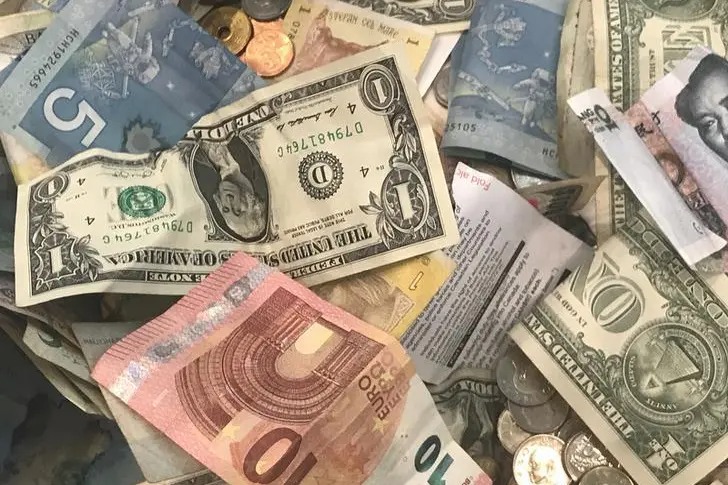Traders and investors are looking to global interest rate cuts and a closely-fought U.S. election to drag the world's currency markets from their deepest lull in almost four years.
Measures of historical and expected volatility - how much prices move over a set time period - have sunk in recent months with the world's biggest central banks stuck in a holding pattern, depriving FX traders of the divergent moves between regional bond yields on which they thrive.
Deutsche Bank's closely-followed implied currency volatility gauge is around its lowest in two years, and not far off pre-pandemic levels. "The music isn't playing in FX so far this year," said Andreas Koenig, head of global FX at Amundi, Europe's biggest asset manager. "U.S. (bond market) rates go up and down, but the others all follow, and therefore we have no change in differentials." "Who's cutting first and how far...and then the U.S. elections, will be the FX events, the big macro events," Koenig said.
Central banks are slowly stirring. The Swiss National Bank in March was the first major central bank to lower borrowing costs this cycle. The Federal Reserve, European Central Bank, and Bank of England are expected to follow later this year.
Although U.S. yields have risen in recent days as investors reined in bets on Fed rate cuts after stronger-than-expected data, euro zone bond yields have largely followed suit. The Dow slipped one tenth of one percent while the S&P 500 added a tenth and the Nasdaq climbed two tenths.
"What would lead to any real volatility is increased differentiation among central banks," said Samuel Zief, head of global FX strategy at JPMorgan Private Bank, although he said that's unlikely in the first half of the year, with European and U.S. inflation following a broadly similar path.
Donald Trump also looms large, last year floating the idea of a 10% universal import tariff should the former U.S. President regain the White House and in February adding that he could slap levies of 60% or more on Chinese goods.
"Tariffs, extra tax, means the dollar could get stronger," said Themos Fiotakis, global head of FX strategy at Barclays, adding that the euro and the Chinese yuan would likely suffer.
Barclays thinks the dollar could rally 3% on the back of tariffs in the event Trump secures a second term and has even said the euro could drop to parity with the U.S. currency.
Trump and Joe Biden currently appear neck and neck, suggesting heightened volatility in the $7.5-trillion-a-day global currency market as opinion polls swing in the run up to November's election.
Oliver Brennan, FX volatility strategist at BNP Paribas, said options, which let investors bet on currency prices, suggest traders are bracing for moves in the Mexican peso , Polish zloty and the yuan , all of which tumbled after Trump's 2016 victory. "Volatility in the 9-month to one-year range (for those three currencies) is really high, and because nothing is happening now, volatility is really low," he said.
"Looking at our risk today, substantially less than the long-term average is allocated to currency," said Jamie Niven, senior portfolio manager at Candriam.
That's particularly true in certain currency pairs. "It's not worth trading euro-sterling at the moment," said Yusuke Miyairi, strategist at Nomura. Volatility in the pair is at its lowest since 2006 .
There are, however, signs rate moves are beginning to drive pockets of volatility. The Bank of Japan raised rates for the first time in 17 years in March, but that didn't stop the yen tumbling to near its lowest since 1990 as traders realised Japanese borrowing costs would stay near zero.
Strategists said that led to swings in Asian currencies including China's yuan, showing how fluctuations in one area can ripple across the market.
Direct intervention by Japanese authorities to prop up their currency could provide another jolt. In Europe, Switzerland's rate cut helped the euro post its biggest quarterly gain on the franc since the common currency's creation. Meanwhile, investors are doing what they can.
"If volatility is low, we find carry trade strategies particularly attractive," said Guillaume Rigeade, co-head of fixed income at Carmignac, referring to trades where investors borrow in a currency with low rates to buy higher-yielding ones. He said low volatility also makes it cheaper to hedge an equity or bond portfolio.
For JPMorgan's Zief, there have been worse times. "At least we have an environment where yes, it's low volatility, but there are carry trades," he said. "Low volatility with very low rates...is even worse."










